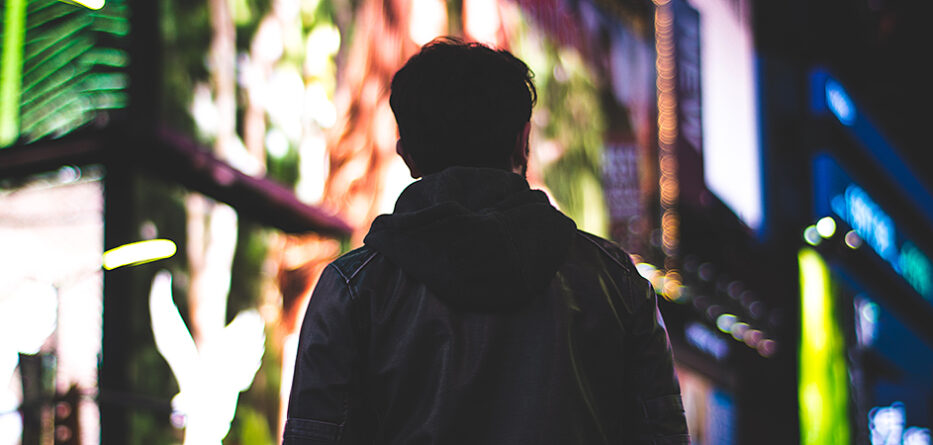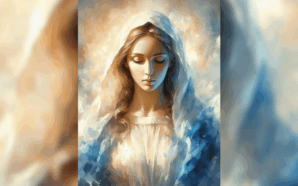After Vatican II, however, the chasm between heaven and hell receded from both academic theology and the popular imagination. The post-Vatican II worldview did not so much bridge the chasm as sidestep it, by reframing the issue. Drawing upon the council’s “Dogmatic Constitution on the Church” (“Lumen Gentium”) and the “Pastoral Constitution on the Church in the Modern World” (“Gaudium et Spes”), many Catholics envisioned their predominant duty to be helping to build the kingdom of God. This kingdom of God is already in our midst, inaugurated by the death and resurrection of Jesus Christ, but it is not yet fully complete. With the grace of Christ, who is the cornerstone, our task is to cooperate with other Christians and all people of good will in bringing it to fruition.
The focus on building the kingdom of God displaces the heaven-hell chasm in two ways. First, it suggests that we already are where we are going to be for eternity—in the emerging kingdom of God. Second, it assumes that our task is not to please God individually and alone in order to obtain divine favor, but instead to cooperate with God and one another in the necessary work of construction on the basis that we already have a secure relationship based in God’s gracious love for us.
Seeing God as someone who graciously and tenderly loves us despite, in and through our episodes of confusion, weakness or abandonment, is crucial to postconciliar Catholic theology. As Pope Francis has repeatedly emphasized, this insight directs our attention to those whom God loves and who are ignored by society: the poor, the marginalized, the suffering, the excluded and the unsightly “lepers” of our society. It frees us from anxiety about our own fate in order to concentrate on these victims of our “throwaway” culture. And it affirms a non-dualistic metaphysics and anthropology, by emphasizing the continuities between the world we see now and the world as it will be at the end of time.
So on this view, we don’t so much “go to” heaven as help to build it, reconfiguring our world and our very selves with the help of God’s grace. We become or remain Catholic because we are grateful for the opportunity to cooperate with God and one another in nurturing the deepest truths of reality, with the spiritual and sacramental resources that the church gives us.
To continue reading this article, click here.
M. Cathleen Kaveny is the Darald and Juliet Libby Professor of Law and Theology at Boston College.
With thanks to America and M. Cathleen Kaveny, where this article originally appeared.








